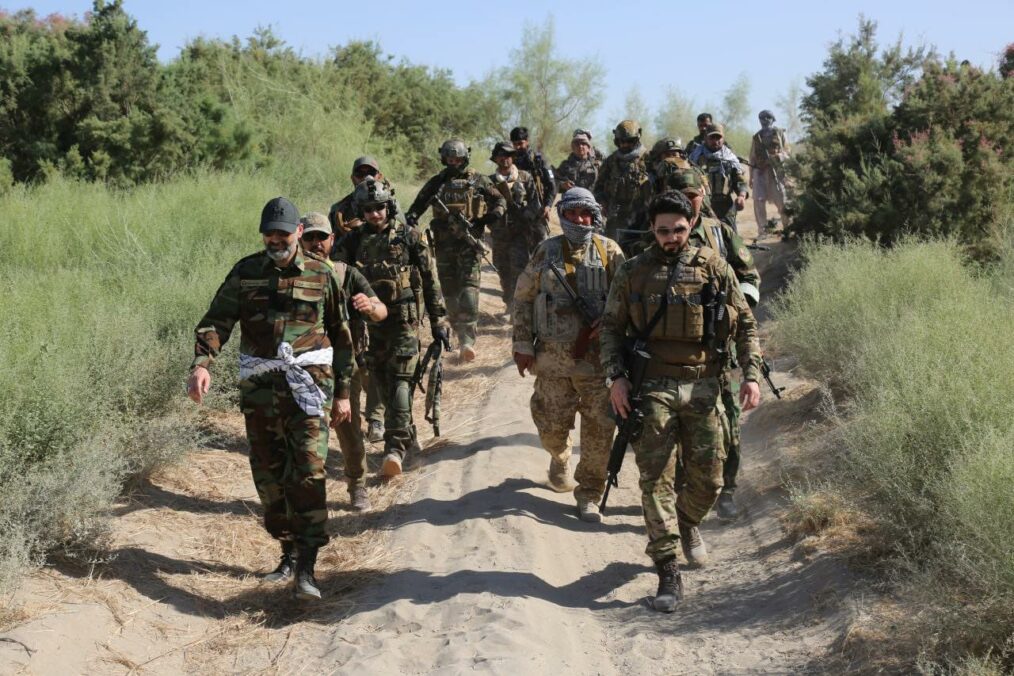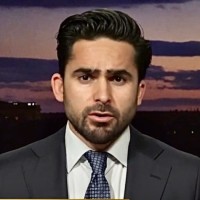All around the world, local law enforcement’s failure to understand the gender dynamics of terrorist organizations has led to many vulnerabilities in people’s safety and security. In the United States, there continues to be more and more evidence being discovered that women are playing key roles in right-wing extremist movements. Fortunately, in recent years, our understanding of female terrorists has improved as more people study this reality and officials stop assuming that women lack the ability to carry out these attacks.
In research conducted by sociologists, Mehr Latif and Kathleen Blee, a list was compiled of the typical roles designated for women in white supremacist groups. The main role for them is to do the “mothering” of the group, both literally and figuratively. If women do not have a “mother” role for the group, another common role women have is as a “sex symbol” for the men. The least common role of the women in these groups is as actual fighters for the cause. Latif and Blee described their role as both providing sexual gratification to male members and participating in violence themselves. However, these roles were designated by far-rightist men. As a result, women’s roles in these groups today are evolving into new ones.
Domestic terror organizations, like many organizations around the world, understand that the best way to appeal to women is by exploiting their inherent altruism and desire to protect children. One of the ways that women are recruited to these far-right groups is through social media “influencers” who distribute propaganda and recruit new members to extremist causes. They often create “mom groups” or lifestyle blogs to reach people who might not otherwise be exposed to political or extremist rhetoric.
The most recent example of women playing roles in domestic acts of terror is from the January 6th insurrection. There was a large array of groups participating in this attack, women were engaged in all aspects and many engaging directly in the violence. One woman directly participating was Rachel Powell aka the “Pink Hat Lady” or “Bullhorn Lady.” She was caught smashing a window of the Capitol with a pipe and yelled instructions to other insurrectionists through a bullhorn. The FBI later raided her home and car only to find numerous “go bags” loaded with ammunition for her registered AK-47, shooting targets with written slogans like “guns don’t kill people, I do,” throwing stars, knives, lighters, zip ties, duct tape, rope, and a tarp.
Two other women were arrested and charged, Dawn Bancroft and Diana Santos-Smith, after the FBI investigated a selfie video taken of the two inside the Capitol on Jan. 6. They claimed they were there “looking” for House Speaker Nancy Pelosi “to shoot her in the friggin’ brain.”
Despite all of this, law enforcement officials seem to be paying little attention to the unique role of women in advancing right-wing extremist ideas and has led to a situation in which we refuse to treat female terrorists with the same seriousness and concern with which we treat men. So far, just over 10 percent of federal charges related to the Capitol siege have been brought against women.
However, after many studies and observations have been done about why women chose to join terrorist organizations, it seems officials still show little desire to learn about how different a women’s path to domestic terrorism is different from most men.
While more research is needed in regards to the ideological and gendered differences of radicalization, evidence shows that the motivation and process of radicalization looks very different for a 40-year-old American-born mother of eight than an isolated 18-year-old boy who feels like he has nothing to live for in the United States.
For example, some women who committed acts of violence in the last year in the name of Q-Anon, have explicitly said they were motivated by a desire to protect children from supposed pedophiles. Research on why women join international terrorist groups shows they believe that participating in terrorism could be a way to acquire rights and status, especially in societies and cultures where they are otherwise denied equal treatment.
Scholars Jamille Bigio and Rachel Vogelstein found that “radicalized American women tend to commit the same types of crimes and have about the same success rate as radicalized men, yet they are less likely to be arrested and convicted for terrorism-related crimes, highlighting a discrepancy in treatment and leaving a security threat unaddressed.”
The U.S. government continues to underestimate the important roles women can play as perpetrators, mitigators, or targets of violent extremism. This means there will need to be continued research on the roles of these women, better ways to prevent recruitment, and how to spot the signs of a female perpetrator.














